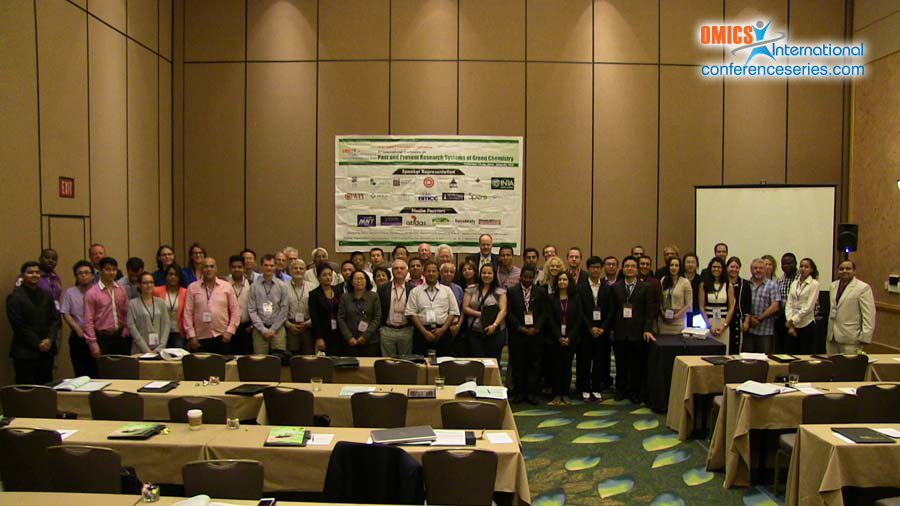
Capucine Sassoye
UPMC University, France
Title: New Versatile Nanostructured Catalysts: from Green Preparation to Environmentally concerned Challenges
Biography
Biography: Capucine Sassoye
Abstract
Effective catalysts that could assess multiple environmental issues are nowadays needed, in a context of growing societal awareness and newly appeared environmental legislations. Challenges for these catalysts are numerous: Their production has to be as green as possible, fast and easy to handle; their use conditions have to be as soft as possible without compromising the requirements for high selectivity and high activity; they have to be nearly indefinitely reusable. These drastic requisites have oriented research toward soft preparation methods[1] leading to nanostructured heterogeneous catalysts in which very active species are designed at the nanoscale. Our work aims at developing innovative nanostructured ruthenium based catalysts with, as chosen fields of investigation, the methanation of CO2 (valorisation of CO2)[2], the total oxidation of volatile organic pollutants [3] (treatment of gas effluents from incineration and biomass cogeneration units) as well as soft conditions ammoniac synthesis [4]. In supported catalysis, although the primary role of the support is often thought to be limited to physical dispersant for intact metal active nanoparticles, it is now recognized that the metal-support interactions clearly influence the catalytic activities and/or selectivity. Moreover, supported RuO2 nanoparticles have clearly showed the ability to migrate over the support surface upon thermic treatment, this phenomenon being strongly support-dependent. This epitaxially-driven migration provokes decisive modifications in the catalyst and can be exploited to tune the catalyst active phase morphology, localization and thus activity.

